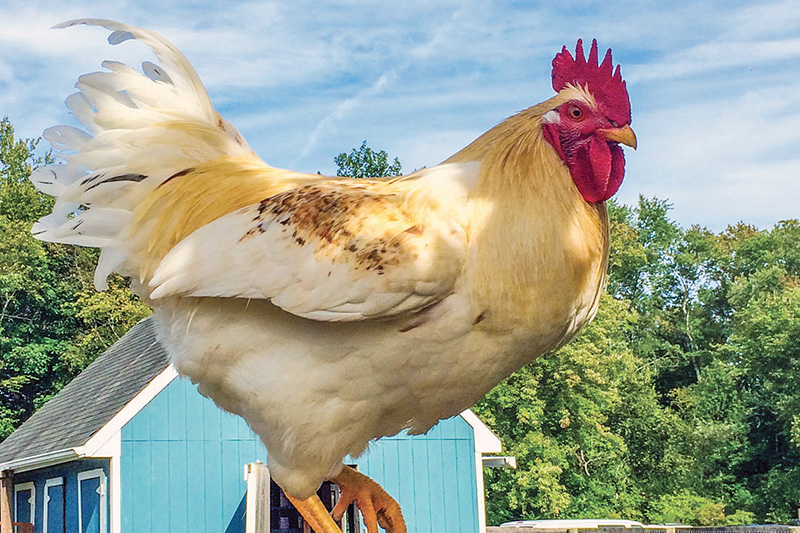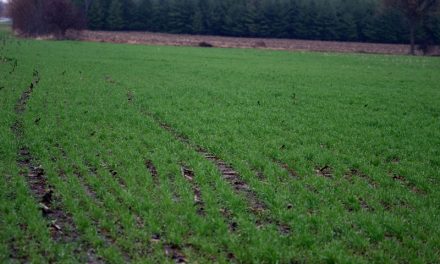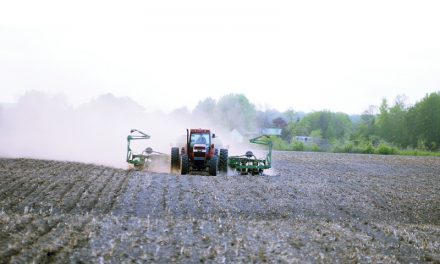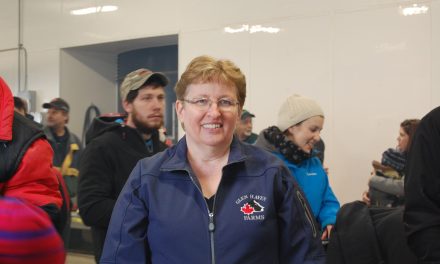By Terry Tinkess
AgriNews Staff Writer
SASKATOON – Researchers from Brazil and the United States have identified a process for turning poultry manure into a soil additive for agriculture.
“Several countries have large poultry production, especially United States and Brazil, where agriculture is also concentrated,” says Aline Leite, a Post-Doctoral researcher from the Federal University of Lavras in Brazil. “So, reusing a global residue generated in large amounts is an interesting way of promoting a circular economy.”
The poultry manure was harvested from an experimental site in the US, and then heated to turn it into biochar, a carbon-rich substance that is used as a soil additive to replenish critical nutrients like phosphorus.
“We are focused on understanding mechanisms that are responsible for increasing phosphorus availability in materials like manure,” says Leite.
Higher temperature treatments are required to turn the waste into biochar due to poultry manure’s calcium content. However, these higher temperatures can influence the amount of phosphorus available.
To ensure that the biochar contained sufficient available phosphorus, researchers enriched it with magnesium, which protected the phosphorus from the heat, enabling it to form more soluble forms of phosphorus.
Using the IDEAS (Industry Development Education Applications Students) and VLS-PGM (Variable Line Spacing Plane Grating Monochromator) beamlines at the Canadian Light Source (CLS) at the University of Saskatchewan (USask), the researchers had the ability to visualize the connection between phosphorus and magnesium and confirm the success of their technique.
In layman’s terms, a beamline is like a high-tech path or tunnel that scientists use to study particles, such as atoms or subatomic particles, and the properties of light. It’s a critical component of scientific facilities called synchrotrons or particle accelerators.
Phosphorus reserves are found across the globe, but the nutrient is a finite resource, so discovering ways to recycle the mineral is an important issue for scientists.
“There’s no excuse for not using the phosphorus that is already in the food chain, for example, by reusing the waste that is already generated,” says Leite.
Leite says that synchrotron technology is essential for research into agricultural applications.
“This technology is extremely important for agriculture because it helps determine the concentration and forms of elements that are essential for plant growth,” says Leite. “By accessing the distribution of elements and understanding potential impacts, it gives us a great perspective for sustainable agriculture. The effective use of this technology in the study was only possible due to an international collaboration with researchers of different backgrounds.”
The Canadian Light Source (CLS) is a national research facility of the University of Saskatchewan and one of the largest science projects in Canada’s history. More than 1,000 academic, government and industry scientists from around the world use the CLS every year in innovative health, agriculture, environment, and advanced materials’ research.
CLS operations are funded by The Canada Foundation for Innovation, Natural Sciences and Engineering Research Council, Canadian Institutes of Health Research, the Government of Saskatchewan, and the University of Saskatchewan.













